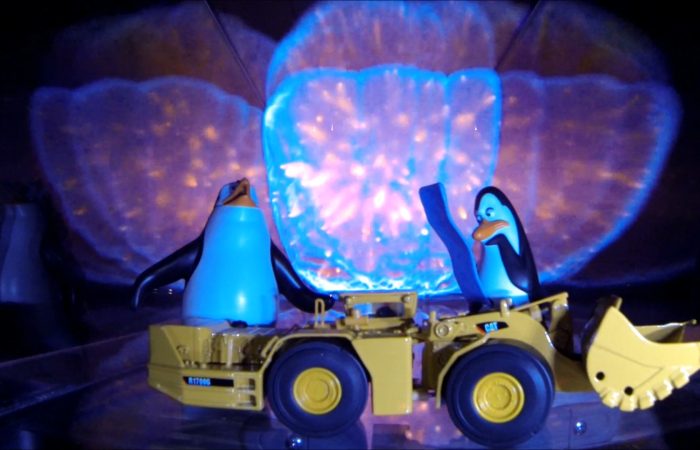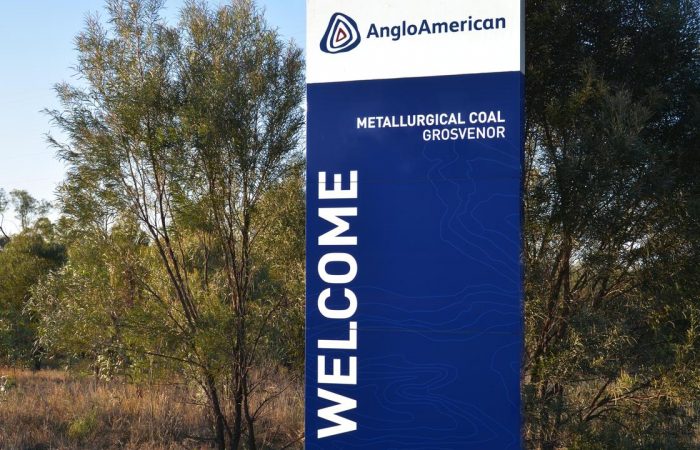
My Grosvenor Mine Spontaneous Combustion Scenario. Ethylene detected in March and April at 39 to 41 c/t C heading TG 104
If we are going down the spontaneous combustion route I still say everyone is overlooking the most likely scenario. One that there is actual evidence of a spontaneous combustion heating occurring from March and April.
Let me put this up as a scenario.
Due to the design of the “Little Britton” Longwall Ventilation Arrangement and its inherent flaws, a spontaneous combustion heating developed in area around MG103/TG104 C hdg 39 to 41ct.
Note the CO and Oxygen fluctuations and levels in this photograph of a graph displayed during todays hearings for 40/41 c/t seal

There was a spontaneous combustion event either in the pillars between the intake shaft #9 at the back of the longwall goaf and where a seal is located at 39 to 41 c/t C heading; or inbye the seal.
An ignition of methane occurred here.
This was the source of the first over pressure event on the 6th of May.
There has either been a propagation though the goaf along the tailgate rib onto the longwall face that resulted in an ignition of methane on the face.
OR After the ignition and explosion in/ C heading 39 to 41 c/t there has then been methane pushed onto the face. A second ignition on the face has then been from a separate ignition source on the face.
Ethylene was detected at C heading 39/41 C/T and I believe in the 3/4 dogleg sensor in March and April.
We all agree that Ethylene only occurs in Coal Mines when there is an advanced heating >120C.
As per Sean Muller’s (SIMTARS) sworn evidence there were a number of occasions starting in March where Ethylene was detected.
These were in the area around MG103/TG104 C hdg 39 to 41ct
There exists the point of greatest pressure differential MG103/TG104 C hdg 39 to 41ct
Small and dewatered coal pillar subject to some abutment pressure.
Any potential products of oxidation from this area report to C heading sewer road that is not monitored until main LW return at 3 to 4 c/t B heading (wherever TB #39 is actually located and sampling).
If there was something occurring in this area, GR04V003 to 4 might pick it up.
All right, we’ll go back to the data. We now know that that was taken at midnight on the 19th (March) , so we can see there the table includes data for midnight on the 19th (March) with CO at 88 parts per million, and 0.26 parts per million for ethylene?
A. Yes.
Q. Starting with well 3 – we’ve got on this page wells 3.5. and 6.5 – there were a number of hits for ethylene?
A. Yes, that’s correct.
Q. Similarly if we go to the results for the goaf seal at 39-40 cut-through, which is at the back left of the goaf, and the one on the maingate side at 38 cut-through, in particular the latter, we can see that whilst there were some that were missed, there were several that were picked up?
A. Yes, that’s right, and you can note with those samples as well, they have relatively high CO even compared to the other samples that I’d shown in the goaf stream on the earlier table, so 147, 193 ppm CO. I’d imagine that was associated with some sort of TARP and they’ve identified the ethylene to go along with those samples as well. And there’s also CO/CO2 ratios that exceed the 0.02, and some of those Graham’s ratios are above 0.3, so you can see the higher or the more of those indicators that are present, they all seem to go together
So does that suggest to you that those detections, say, for 22 April for ethylene were genuine detections?
A. Yes.
Q.The raw carbon monoxide data tells a similar story in terms of it dropping at about the same date, 23 April?
A. Yes. Note that the carbon monoxide from this sample is over 150 ppm on 20 April. They were those samples we were looking at in the table before, probably also associated with that ethylene that we saw, the high levels of CO, up to 150 or 190, whatever they were.


